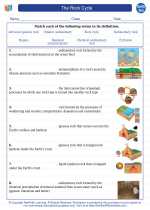Tectonic Plates
Tectonic plates are large, rigid pieces of the Earth's lithosphere that move and interact with each other. The theory of plate tectonics explains the movement of these plates and the geological processes that occur as a result.
Plate Boundaries
There are three main types of plate boundaries:
- Divergent Boundaries: where plates move away from each other, leading to the formation of new crust.
- Convergent Boundaries: where plates move towards each other, leading to the formation of mountains, trenches, and volcanic activity.
- Transform Boundaries: where plates slide past each other, causing earthquakes.
Plate Movement
Plate movement is driven by the process of mantle convection, where the heat from the Earth's interior causes the mantle to flow in a circulating pattern. This movement of the mantle drags the tectonic plates along with it, causing them to move and interact with each other.
Effects of Plate Tectonics
Plate tectonics are responsible for a wide range of geological phenomena, including the formation of mountains, ocean basins, earthquakes, and volcanic activity. They also play a crucial role in shaping the Earth's surface and influencing the distribution of continents and oceans.
Study Guide
Here are some key points to remember about tectonic plates:
- What are tectonic plates?
- What are the three main types of plate boundaries?
- What drives the movement of tectonic plates?
- What geological phenomena are caused by plate tectonics?
[Tectonic Plate] Related Worksheets and Study Guides:
.◂Earth Science Worksheets and Study Guides High School. The Rock Cycle
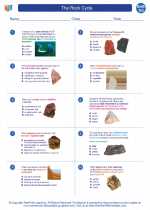
 Worksheet/Answer key
Worksheet/Answer key
 Worksheet/Answer key
Worksheet/Answer key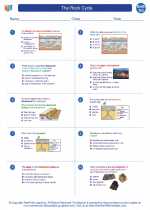
 Worksheet/Answer key
Worksheet/Answer key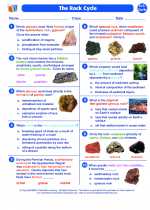
 Vocabulary/Answer key
Vocabulary/Answer key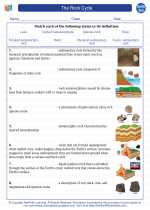
 Vocabulary/Answer key
Vocabulary/Answer key
 Vocabulary/Answer key
Vocabulary/Answer key